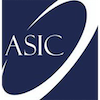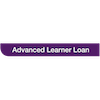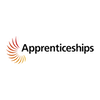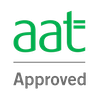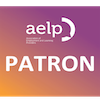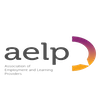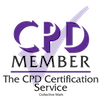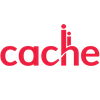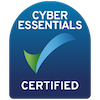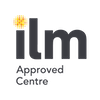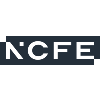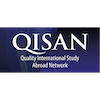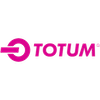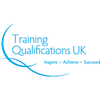Level 1 Award in Essentials of Catering
Course Overview
A career in catering can provide you with a clear career path and lots of opportunities to work in a variety of settings. From Michelin-star restaurants to wedding catering, and even catered ski chalets, the world really is your oyster!
This online catering course will provide the perfect introduction to the catering industry and will explore the essentials of catering. The distance learning course is designed to help learners obtain and demonstrate knowledge related to catering principles and safe practices at Level 1.
Learners will explore a broad range of core catering principles including health and safety, basic knife skills and maintenance, food presentation including the use of garnishes, how to operate catering equipment and clean workstations effectively and much more.
Please note: Learners need to undertake an external MCQ examination through the BIIAB site to achieve the qualification. This course contains the learning and practice assessment only.
Read more about Level 1 Essentials of Catering and more over on our BLOG
Key Information
Course Length
30 hours
Course Level
Level 1
Awarding Body
BIIAB
Learning Method(s)
Online materials
Online assessment
For Individuals
Benefits
- Study from anywhere, at any time
- Work towards an accredited level 1 qualification
- Practice for your MCQ examination before sitting the exam
- Nationally recognised
- Access to an award-winning e-learning platform
- Perfect for beginners
- Unlimited support from qualified tutors
- Receive a digital e-certificate upon completion
- No hidden costs
Cost and Funding Information
Course Price
£175.00
Study this course
Buy the course today and begin your journey to qualification
This course is one unit with nine sections. These nine sections are:
- Section 1: Understand personal hygiene and work clothing requirements.
- Section 2: Understand basic knife skills.
- Section 3: Understand storage methods and temperature recording of foods.
- Section 4: Understand food preparation processes.
- Section 5: Understand sandwich making and storage procedures.
- Section 6: Understand food presentation.
- Section 7: Understand wastage disposal and recycling methods.
- Section 8: Understand how to use and clean machinery and equipment.
- Section 9: Understand how to safely and effectively clean workstations, walls and floors.
In this section, you will be introduced to the safe and hygienic practices required in the kitchen. Learners will also explore how illnesses and accidents should be reported, and how to follow a ‘clean as you go’ policy.
In this section, you will explore basic knife skills, including which knives should be used for which tasks, the care and maintenance requirements for handling and sharpening knives, and the use of colour-coded chopping boards.
In this section, the correct storage procedures and requirements for a variety of different food will be covered, along with the correct procedure for logging temperatures, why monitoring is important, and the appropriate measures to take in the event of food storage or temperature changes.
In this section, you will cover how to prepare a variety of food in a safe and hygienic manner, and how to apply control procedures to minimise food wastage.
This section will explore how to produce a variety of sandwiches according to operational standards, how to store a variety of sandwiches, and what constitutes as a ‘high-risk food’ in relation to sandwiches.
In this section, the correct position for food on the plate to meet operation standards will be explored. Learners will also learn what a garnish is, how it should be presented, the appropriate garnishes for sweet and savoury dishes, and the requirements for garnishing a variety of sandwiches.
In this section you will explore the appropriate methods for the disposal and recycling of food and non-food items, and the controls to be applied.
This section focuses on how to effectively operate and clean kitchen equipment, and the appropriate chemicals and equipment to be used.
In the final section, appropriate equipment and chemicals to be used to safely clean a range of surfaces will be explored, as will the methods that should be used when cleaning floors, walls and workstations.
 For Businesses
For Businesses
With our combination of market-leading learning resources, exceptional customer service and award-winning LMS solutions, we are confident we can assist with your education and training delivery needs.
Enquire nowNeed some more information?
Check out our Frequently asked question via the link below
